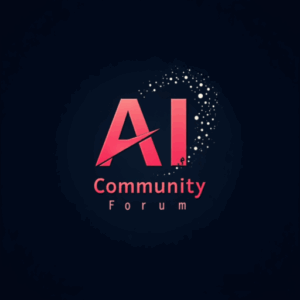At Microsoft Build 2025, Satya Nadella took to the stage with a familiar partner, but under a much-expanded vision. Microsoft and Hugging Face are deepening their collaboration to bring over 11,000 open source and frontier models directly into Azure AI Foundry.
It’s an update that sounds incremental on the surface. However, upon closer inspection, it could appear to be Microsoft’s most significant effort yet to dominate the future of open source AI infrastructure.
While Google and Meta have previously teamed up with Hugging Face for select projects, like integrating it into Google Cloud’s Vertex AI platform, Microsoft seems to be going one step ahead, turning Hugging Face into an important element of Azure.
And it’s embedding Hugging Face’s ecosystem into the core of its cloud platform, deepening the partnership every year since 2023.
Not Just a Partnership, A Platform Strategy?
Hugging Face now hosts close to two million models and supports over eight million developers. But getting these models into enterprise environments, where latency, security, and deployment control matter, has always been a bottleneck. That’s where Azure AI Foundry could step in.
The new integration allows developers to deploy models across modalities, text, audio, vision, multimodal, in just a few clicks. Foundry offers one-click deployment, VM customisation, secure endpoint hosting, and even day-zero access to trending Hugging Face releases.
Microsoft’s enterprise-grade infrastructure does the heavy lifting, while Hugging Face brings in the community innovation. “We’re giving developers the freedom to pick the best model for the job, and helping organisations innovate safely and at scale,” said Asha Sharma, corporate VP at Microsoft.
The company also recently invested $3 billion to expand Azure’s infrastructure in India.
“This expanded collaboration is a reflection of our deep commitment to open-source AI,” Sharma also noted. “Hugging Face has emerged as the central hub hosting millions of open models and serving as the default launchpad for open-source AI innovation.”
Not only will new models from top providers hit Azure the same day as they appear on Hugging Face, but Hugging Face is committing to regular updates of trending models and continuous testing of inference containers for vulnerabilities. As the companies describe it, “We will also bring in customised variants of trending open models, giving enterprises and developers access to fine-tuned, production-ready models meeting functional and performance needs.”
Trust, Control, and the Road to Agentic AI
This collaboration stretches far beyond convenience in terms of security. Microsoft hosts certain Hugging Face model weights on Azure itself, ensuring deployments can run entirely within a customer’s private network—no external calls to the Hub.
All listed models from Hugging Face must pass strict vetting, including scans from ProtectAI Guardian and JFrog, and Pickle vulnerabilities and remote code execution must be excluded.
Models are just the beginning. Microsoft plans to integrate Hugging Face’s apps, containerised tools, and even frameworks like smolagents to help developers build secure, modular agentic systems. In essence, Azure AI Foundry is evolving from a deployment tool into a complete launch pad for open AI.
“This will enable developers to build modular agentic applications using open and composable components, all within a scalable, production-grade cloud environment.”, the announcement post reads.
Clement Delangue, CEO of Hugging Face, stated in their blog post, “We’re enabling companies to take control of their AI destiny, deploying the best open models securely within their Azure account, to build AI applications they can trust and verify.”
Microsoft’s Real Bet
This could be a win for developers and beyond — it’s a signal of where Microsoft believes AI is going.
The company is also constantly improving its open source IDE, VS Code, to compete with other AI code editors.
Proprietary models may still dominate the headlines, but open models are multiplying in diversity, customisability, and performance.
With Hugging Face’s community momentum and Azure’s scale, Microsoft is placing a long-term bet on openness, not as a competitor to closed models, but as the infrastructure layer they’ll eventually have to talk to.
“Open source is how AI moves faster—with transparency, choice, and community at its core,” said Sharma. “This collaboration represents our commitment to that momentum.”
That makes this collaboration less about catching up with the open wave, and more about being the platform that powers it. And if Azure AI Foundry becomes the go-to launchpad for verified, trusted, and production-ready open models, Microsoft won’t just have a partnership. It may have a moat.



